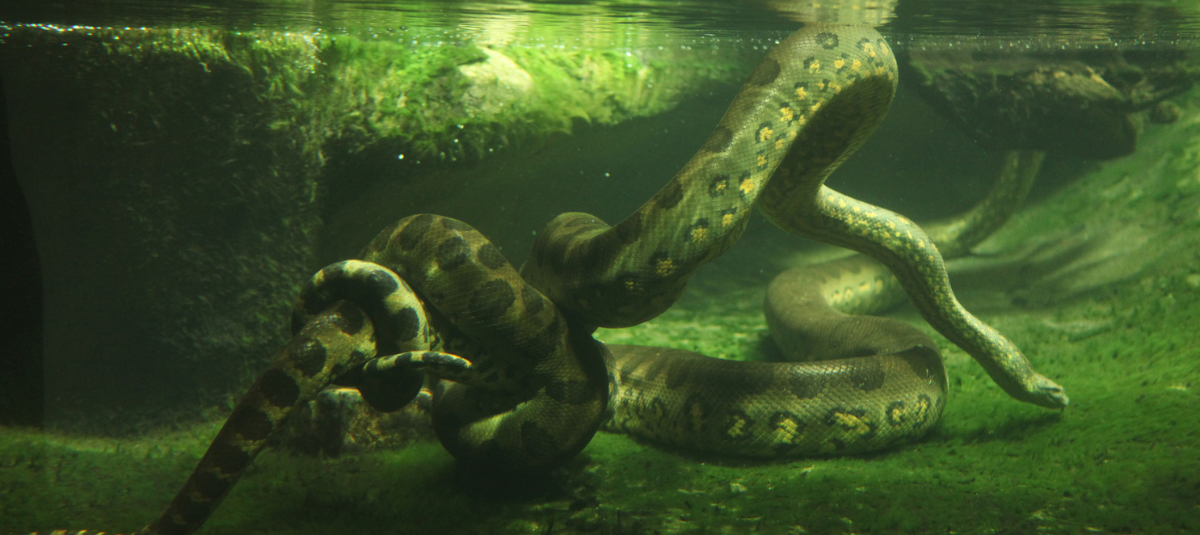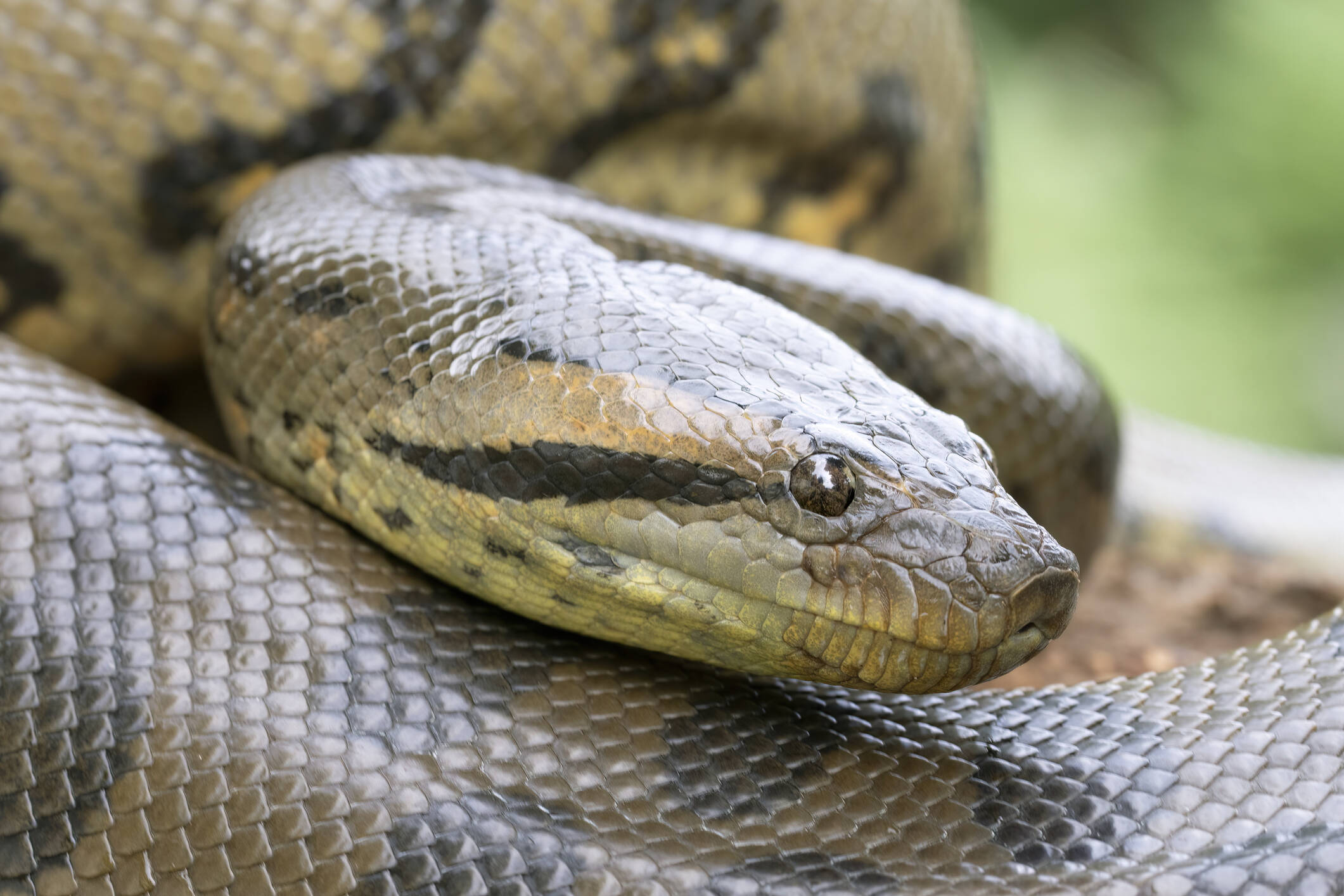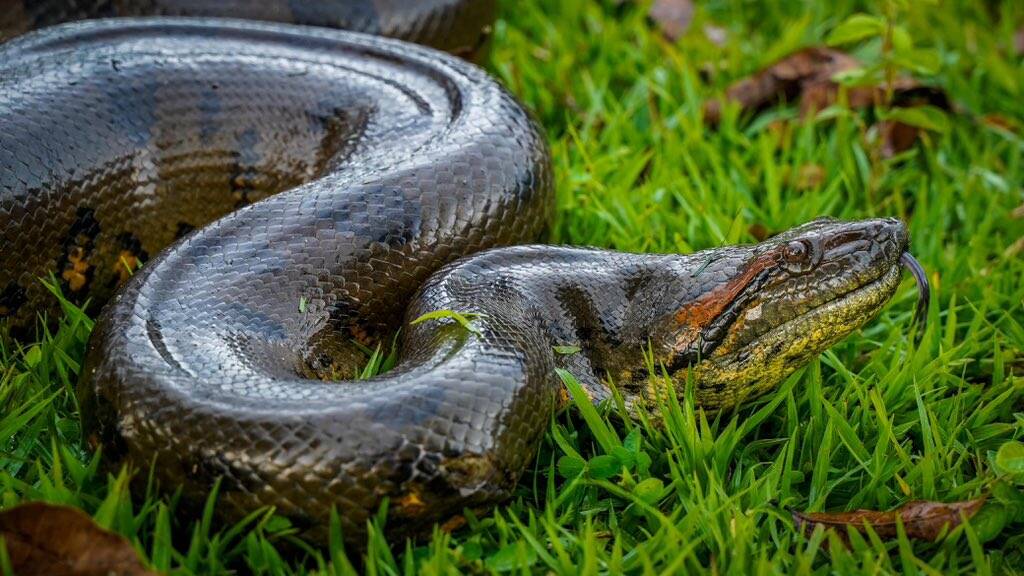The largest anaconda ever seen has been discovered in the Amazon: it breaks a historic record.

Interest in the animal world was rekindled with the appearance of a new species of green anaconda, larger than anything previously documented. This shocking discovery, made in the Amazon rainforest and led by international biologists, marks a turning point in the history of the study of these South American giants.
The appearance of this giant reptile was captured in a documentary Will Smith was filming for National Geographic, so the Hollywood actor and the scientific group are the ones who detected this species in the Bameno region, within the Waorani indigenous territory, in Ecuador. The expedition was led by Professor Bryan Fry, a toxicology expert at the University of Queensland.

The northern green anaconda measured nine meters long and weighed 200 kilograms. REFERENCE IMAGE. Photo: iStock
During inspections in virtually unexplored areas, images and samples were captured of a 6.3-meter snake weighing more than 200 kilograms. The species was named Eunectes akayima. It is the fifth recognized anaconda species and is 5.5% genetically different from the well-known Eunectes murinus.
This variation surprised the scientific community, as it surpasses, for example, the genetic difference between humans and chimpanzees. Although it is not the world's longest snake (a title held by the reticulated python, at up to 9.7 meters) , it holds the record for body mass. Females can weigh more than 200 kilos, easily surpassing all known species.

Anaconda. REFERENCE IMAGE. Photo: iStock
Green anacondas are not venomous. However, their size and strength make them feared predators for their lethal technique: they wrap themselves around their prey and crush it to death. They feed on fish, birds, amphibians, and mammals. This type of snake has been found in areas with murky waters and dense vegetation, where it camouflages itself to hunt.
Waorani legends already spoke of sacred serpents measuring more than 7 meters, although there are still no formal records of such large specimens.
The genetic samples were analyzed by teams from Australia, the United States, and Ecuador, with support from the scientific journal Diversity. It was determined that the Eunectes akayima species lives in Ecuador, Colombia, Venezuela, Suriname, Guyana, and Trinidad.

The anaconda was rescued and moved from the area. Photo: Cormacarena
In contrast, the "traditional" green anaconda, Eunectes murinus, lives in Peru, Bolivia, Brazil, and French Guiana. The two are believed to have diverged almost 10 million years ago, but their visual appearance is so similar that the difference had never been detected.
The discovery was announced through the Butantan Institute, which specializes in zoological research, and also supported by The Conversation magazine.
eltiempo





